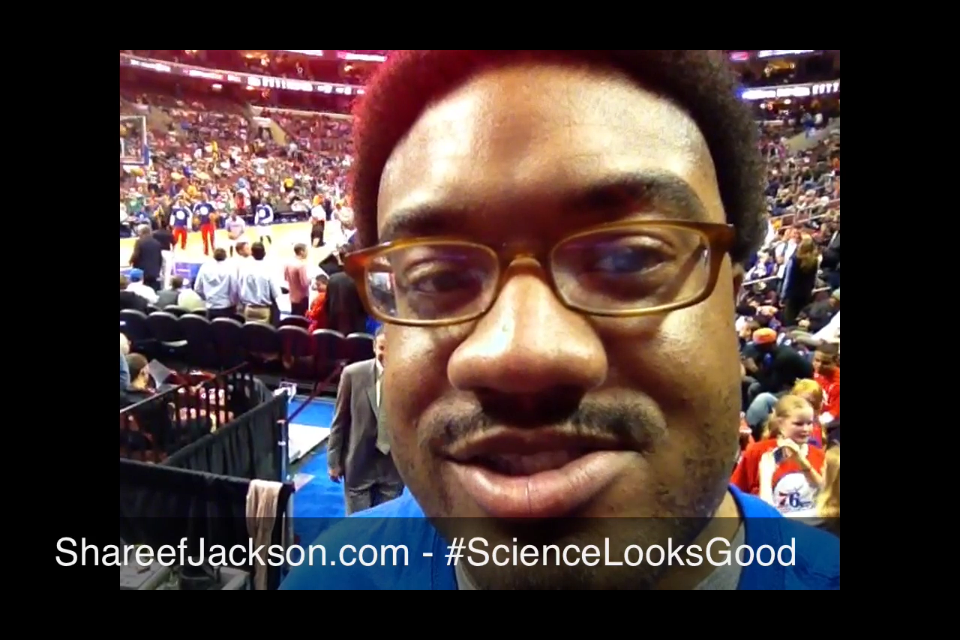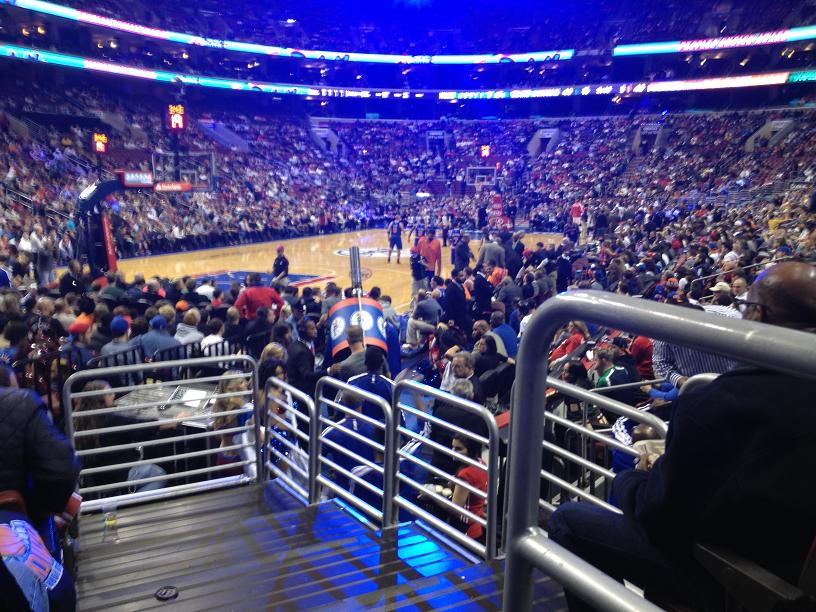I live in Philly now, but I'll always be a die hard Knicks fan. So when the Knicks were in town for a game against the Sixers, I was there in my Knicks jersey acting a fool. A fool for science!
Think of what happens when you throw a ball. After you throw it, it follows the motion shown below:
This shape is known as a parabola. The ball beings to move up, but then gravity eventually pulls it back down. This doesn't only work for a ball - it can also be a person! If someone is jumping, dunking, or do anything that launches them into the air, they will follow the same basic path.
Another great example of parabolic motion is everyone's favorite part of a basketball game - free crappy t shirts! For some reason, people go crazy whenever offered free t-shirts that they will never wear in their lives. Philly takes it an extra step by having a huge t-shirt CANNON. I don't use that word lightly ... here's a pic of them wheeling it out onto the court.
Yeah. It's not joke. I've seen it advertised that it can shoot up to 100 t-shirts per minute. Why that stat exists, and why I know it, is a story for another day. But when you see it actually begin to shoot, it's pretty impressive. And of course, the t-shirts fly in a parabolic motion towards a sea of halfway inebriated fans that will break your neck to catch a future dust rag. You can check it out in action in the video that I posted at the beginning of this thread.






